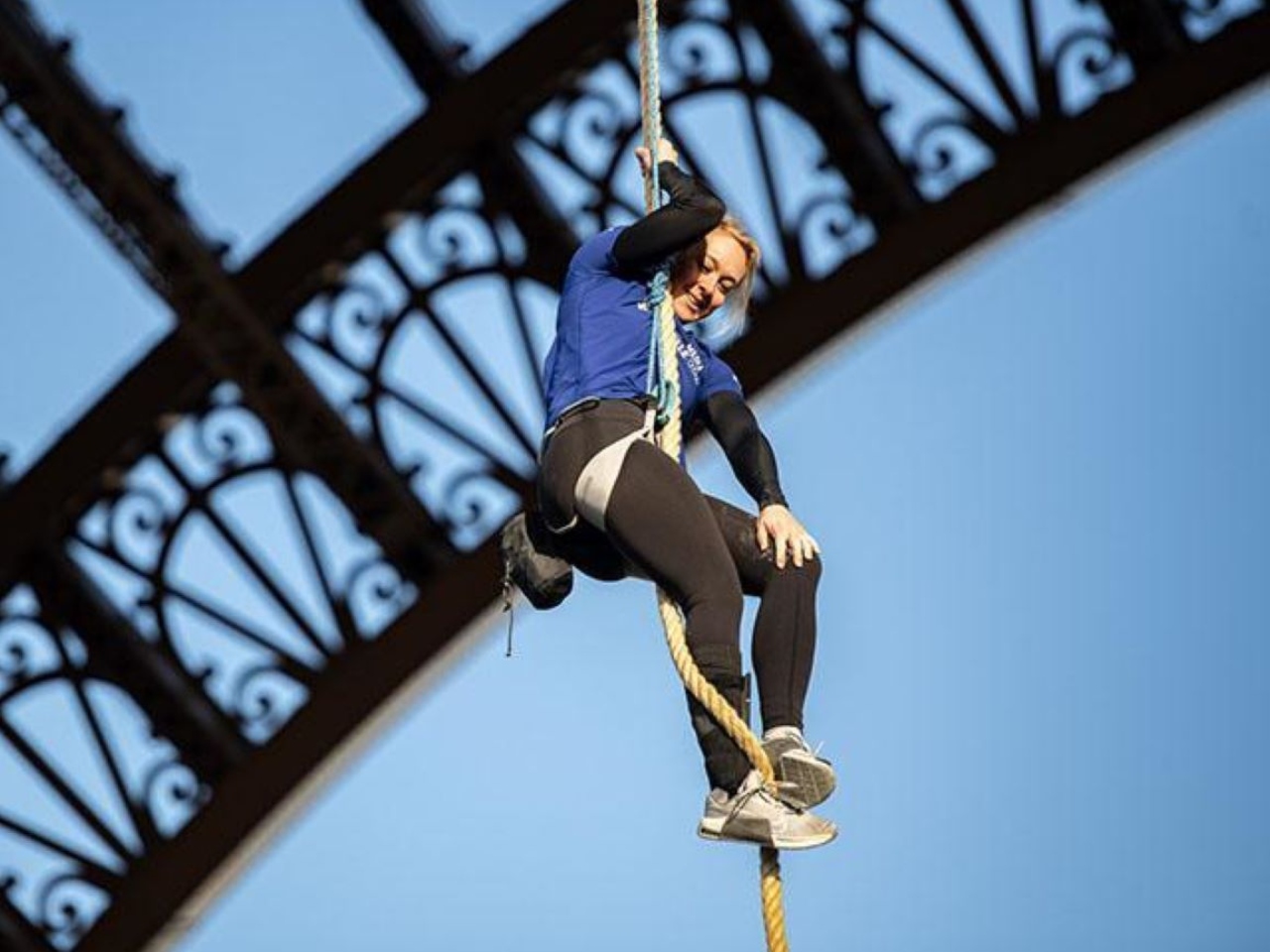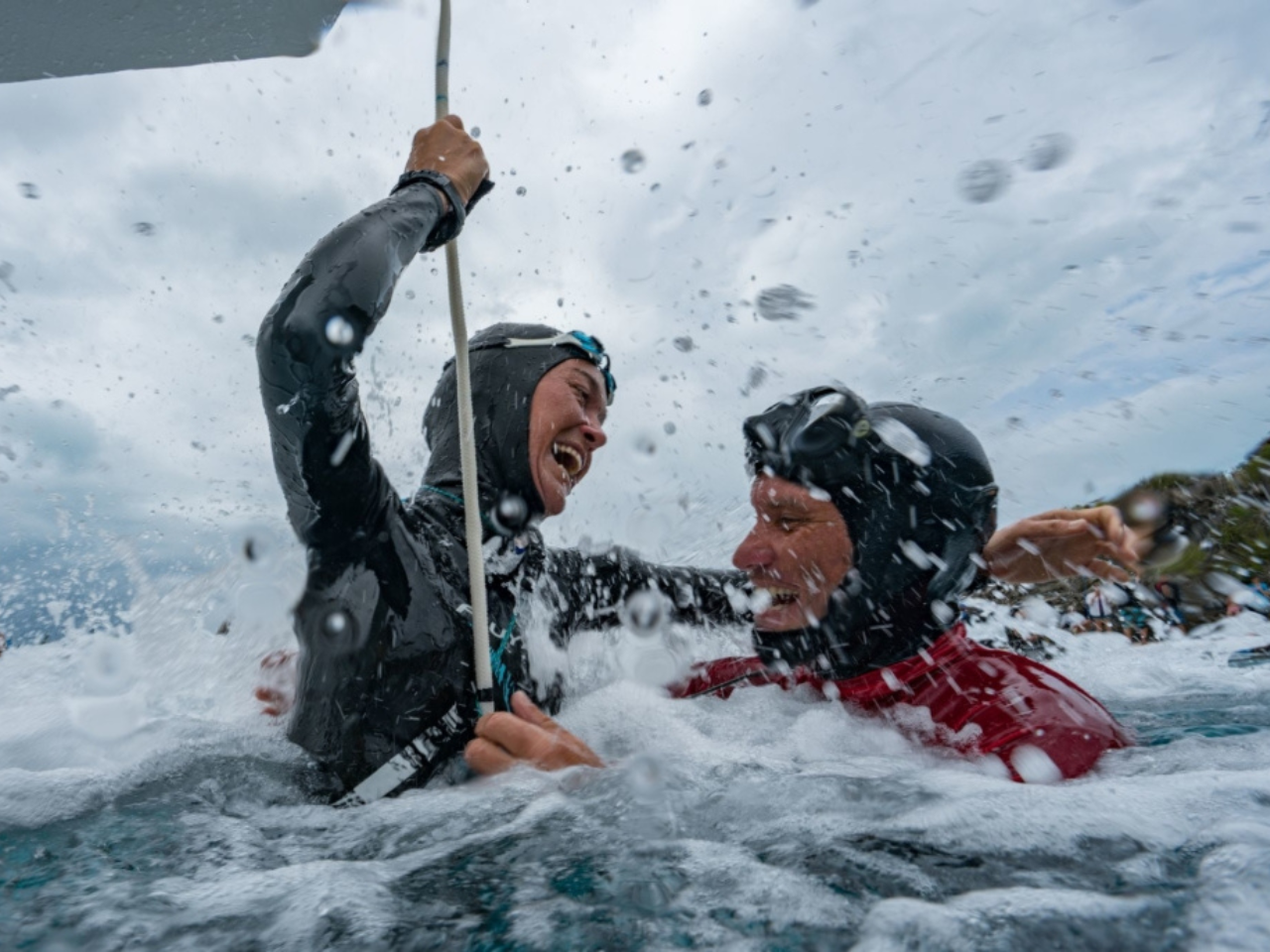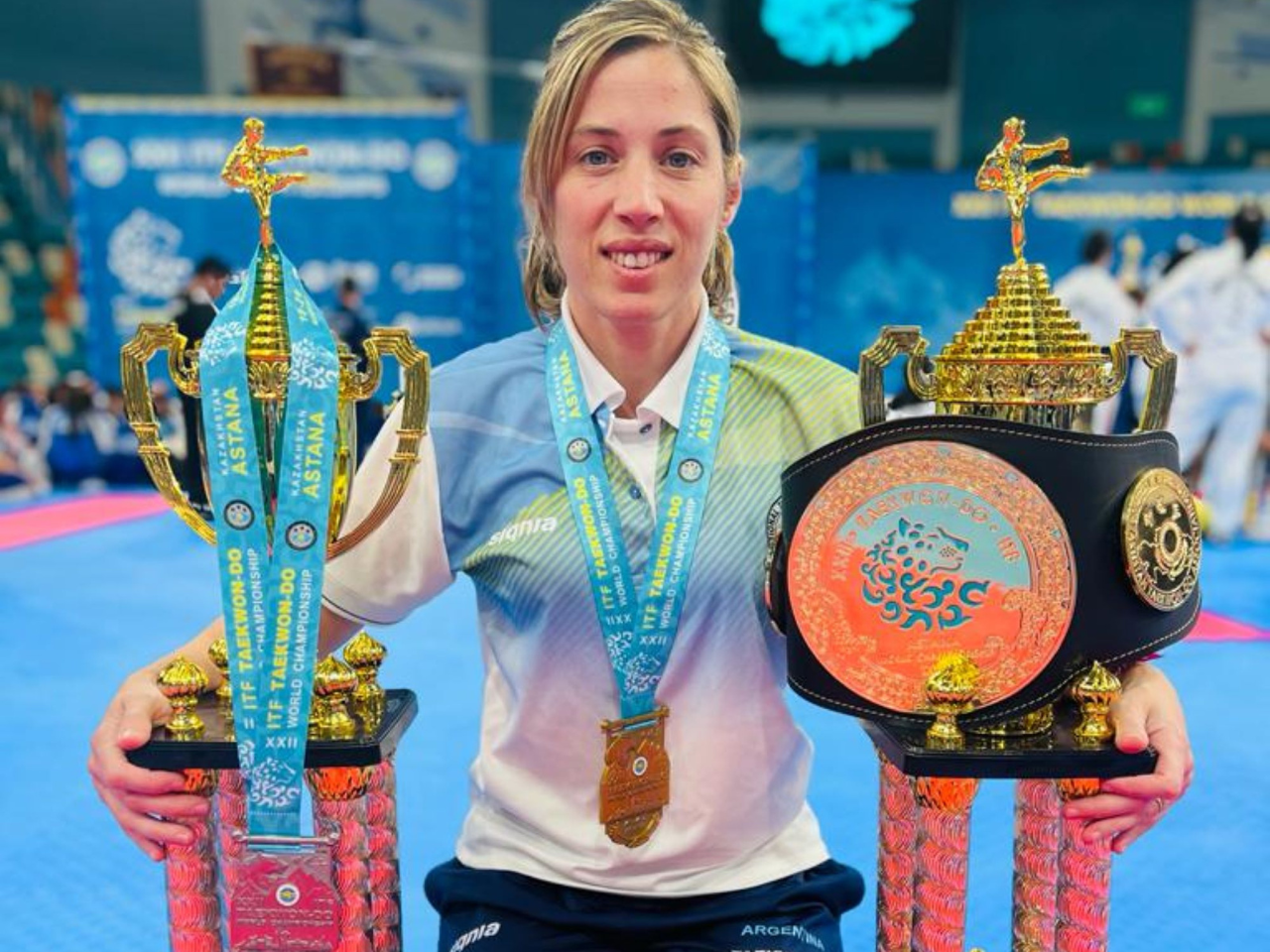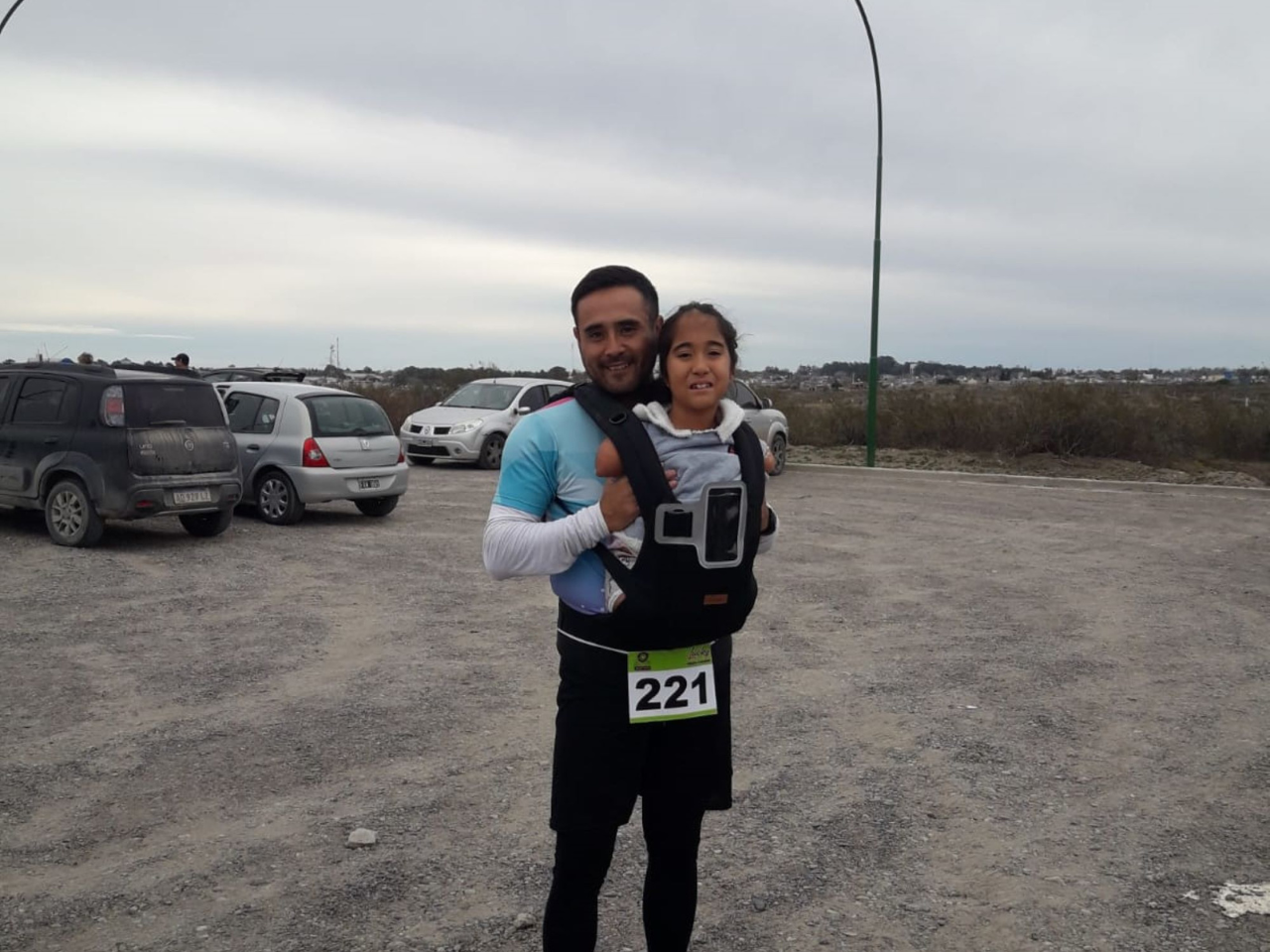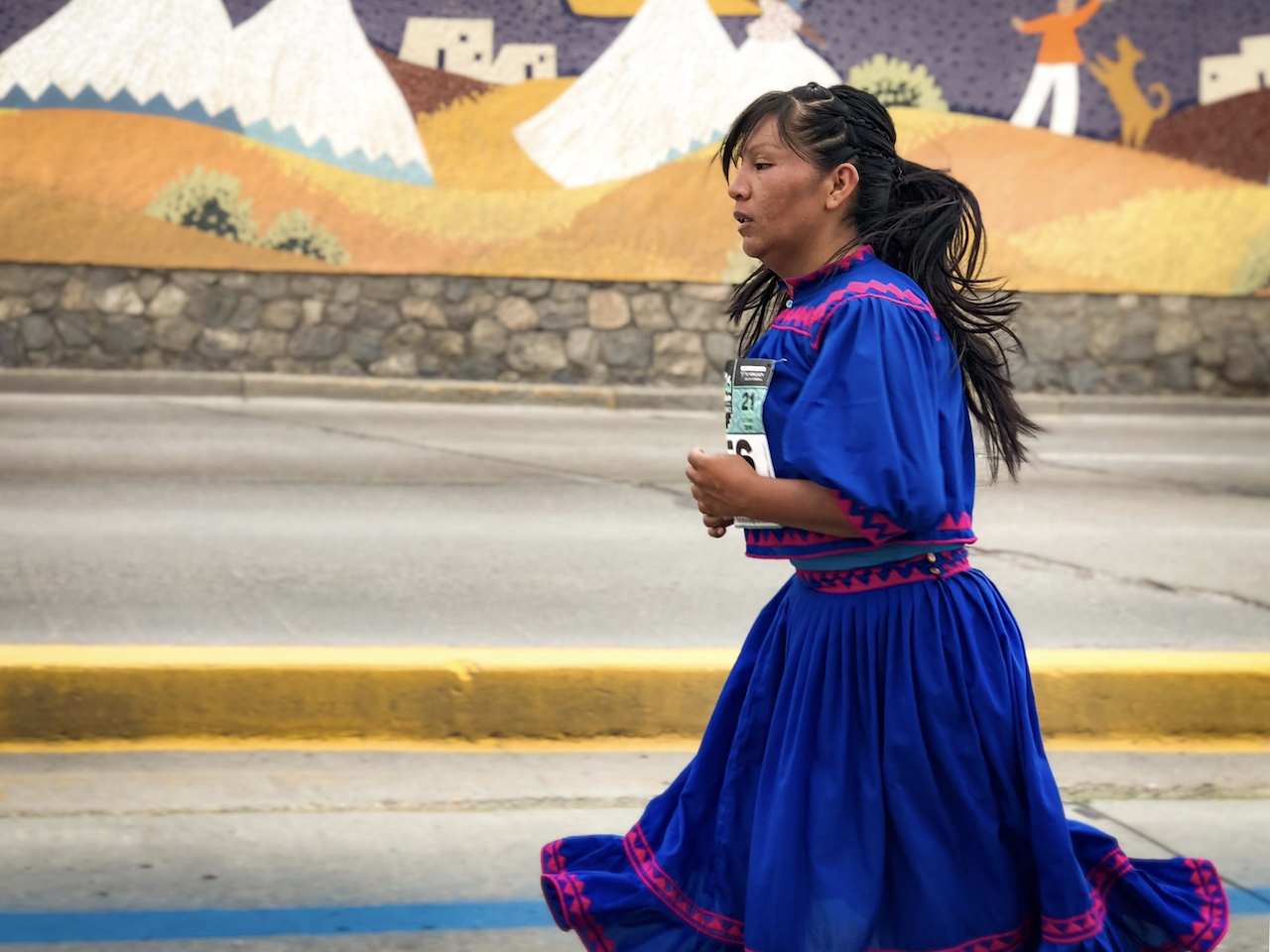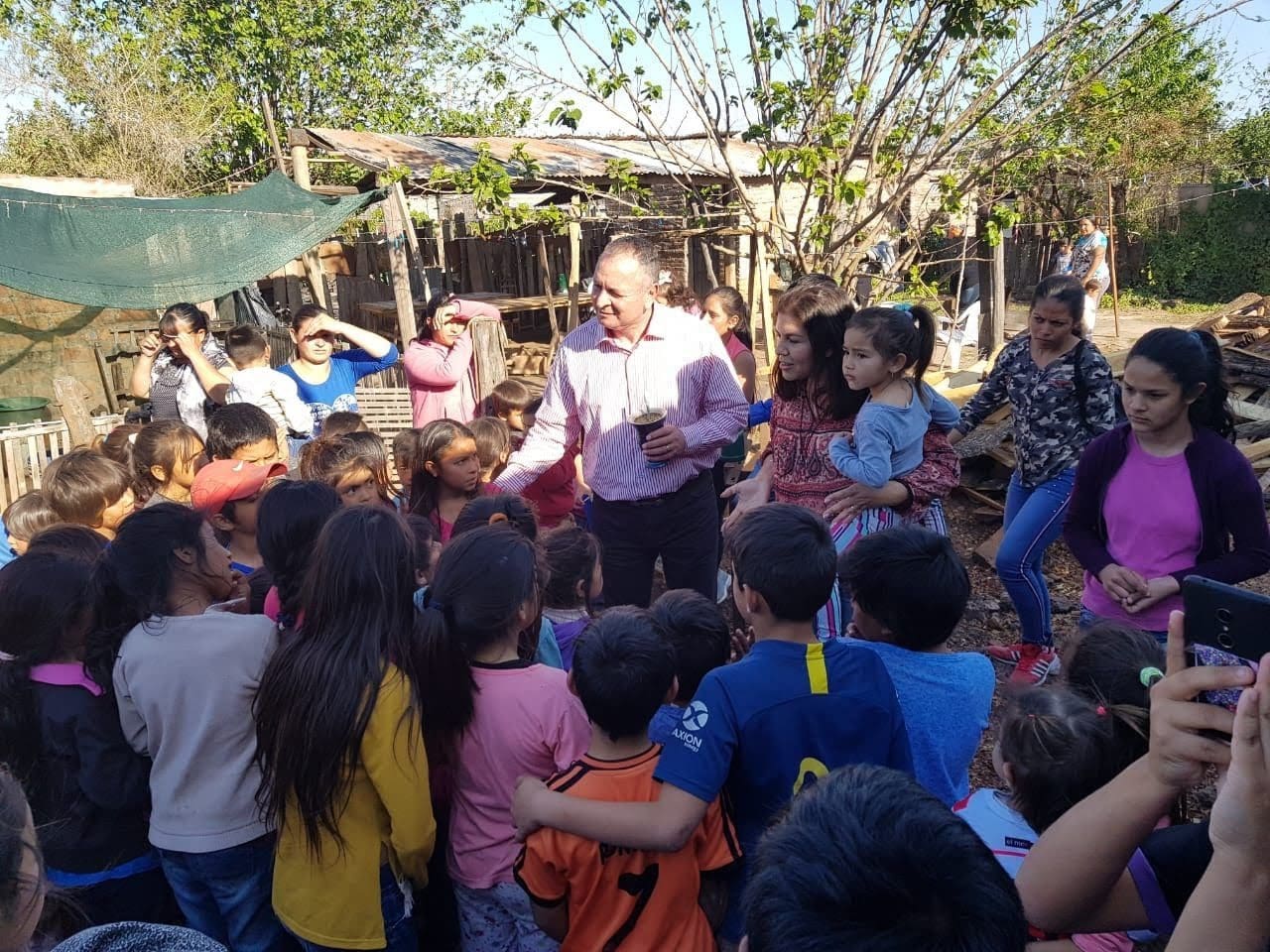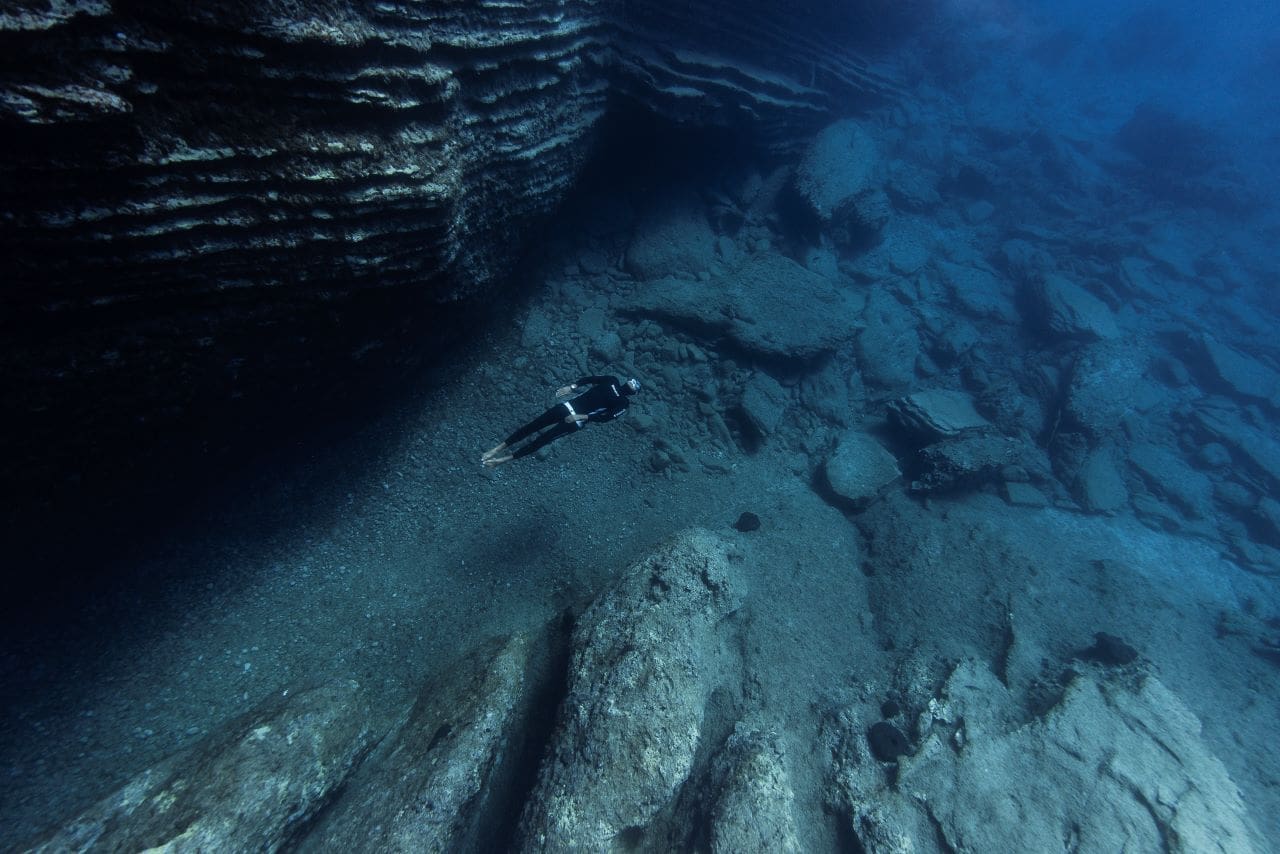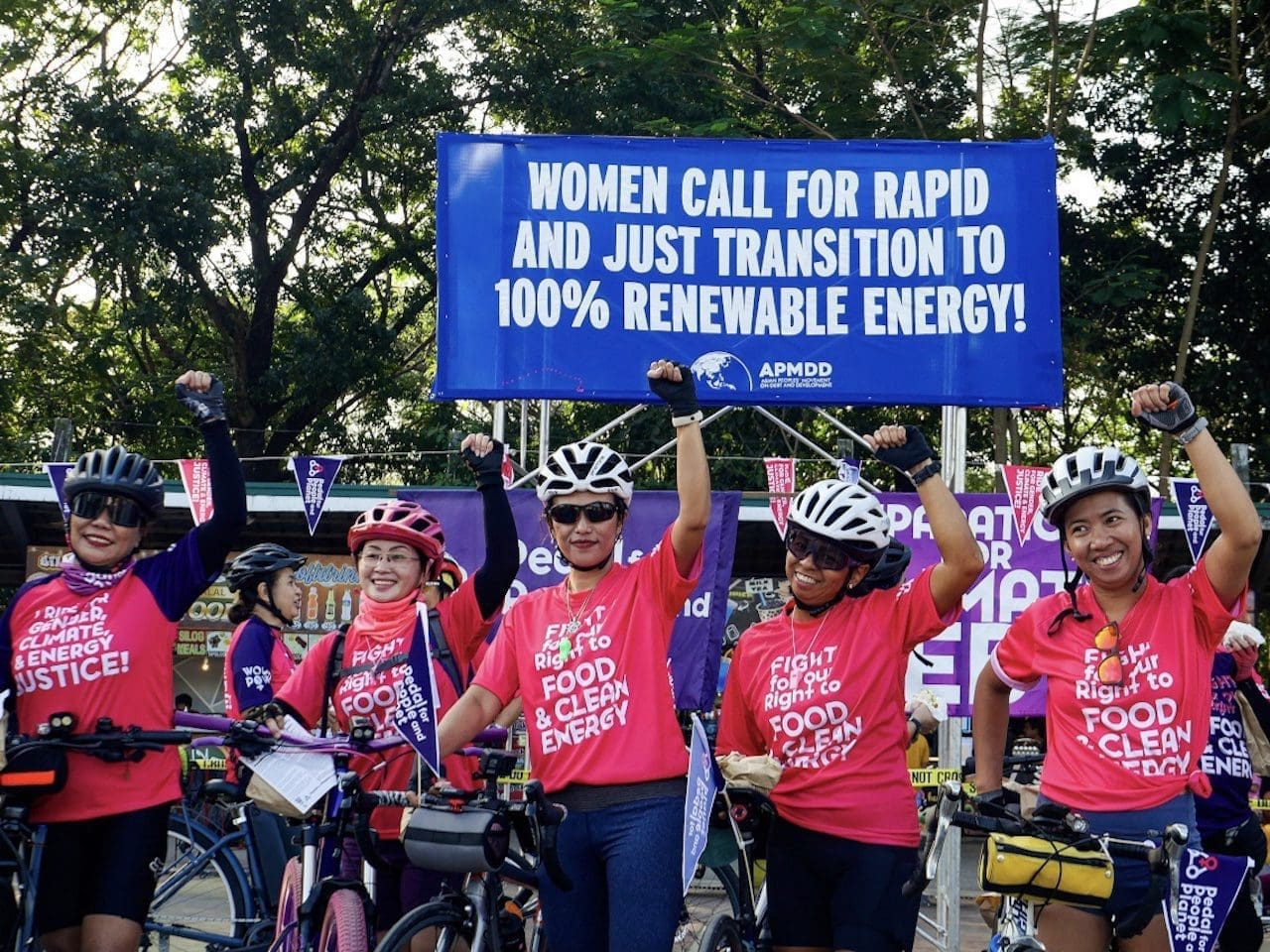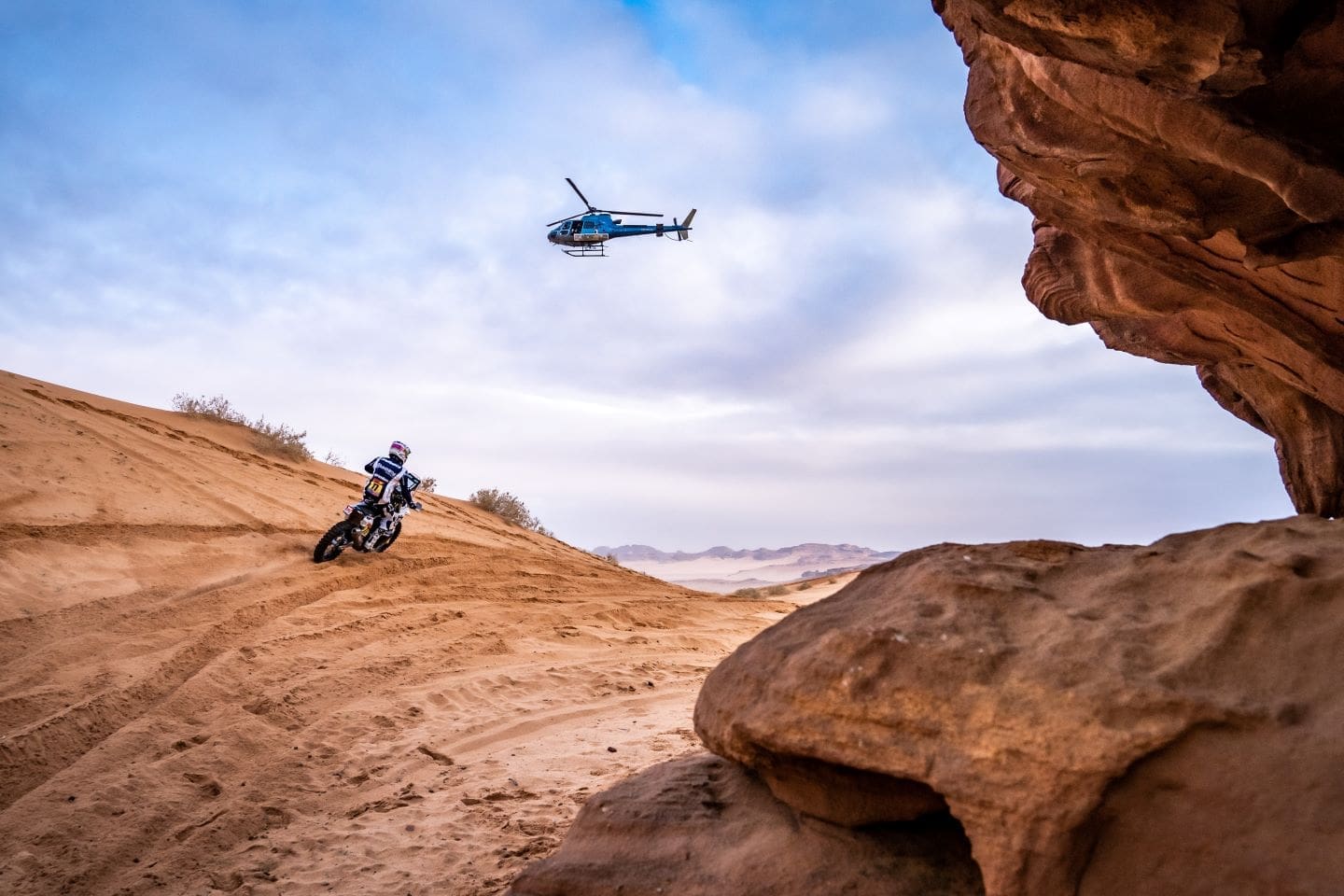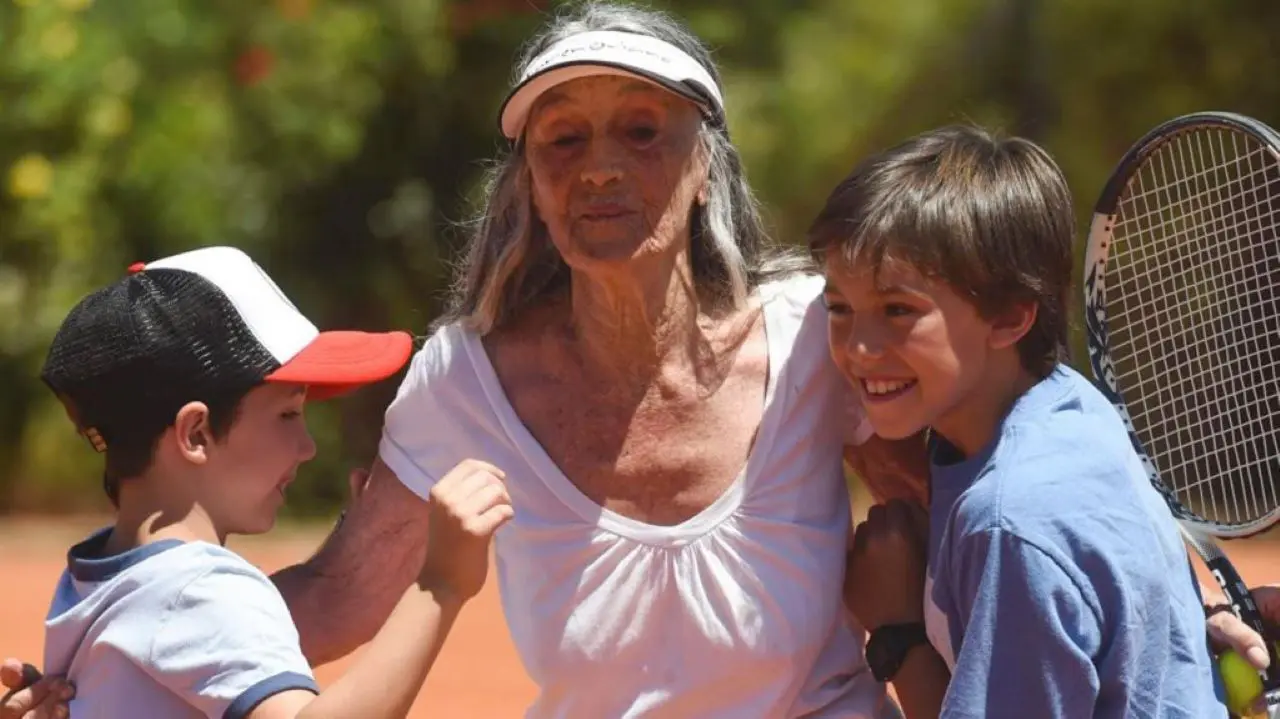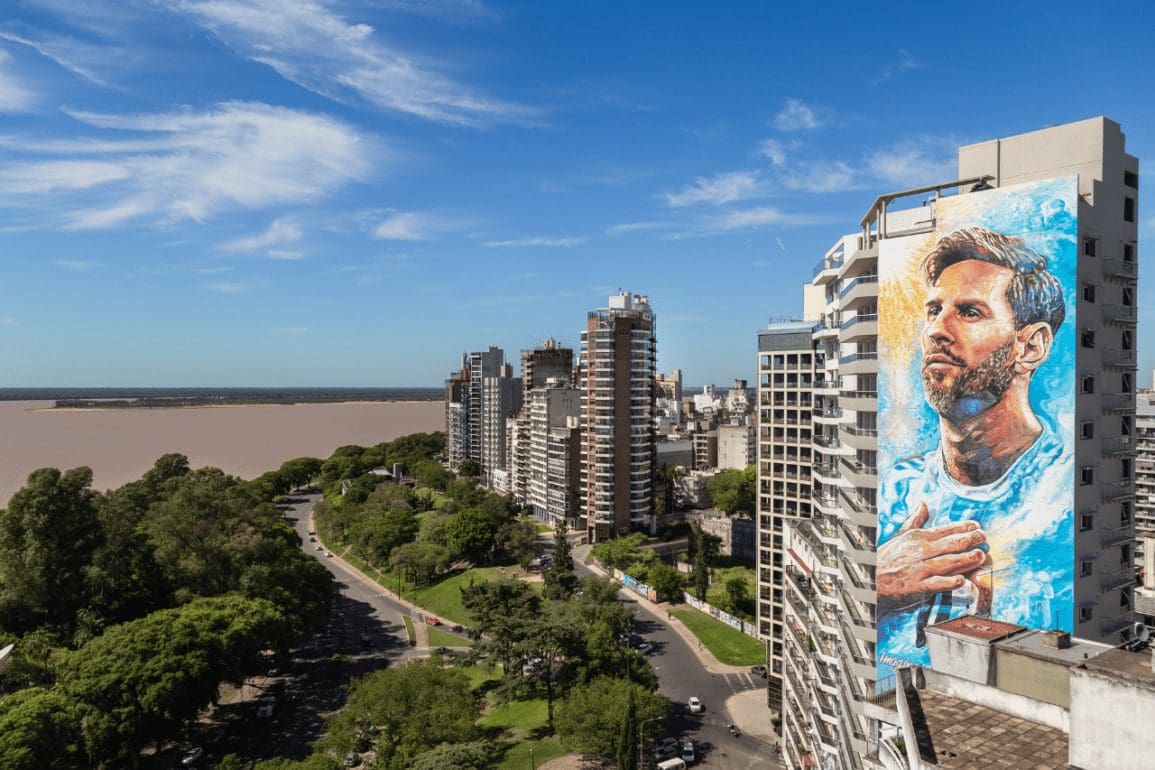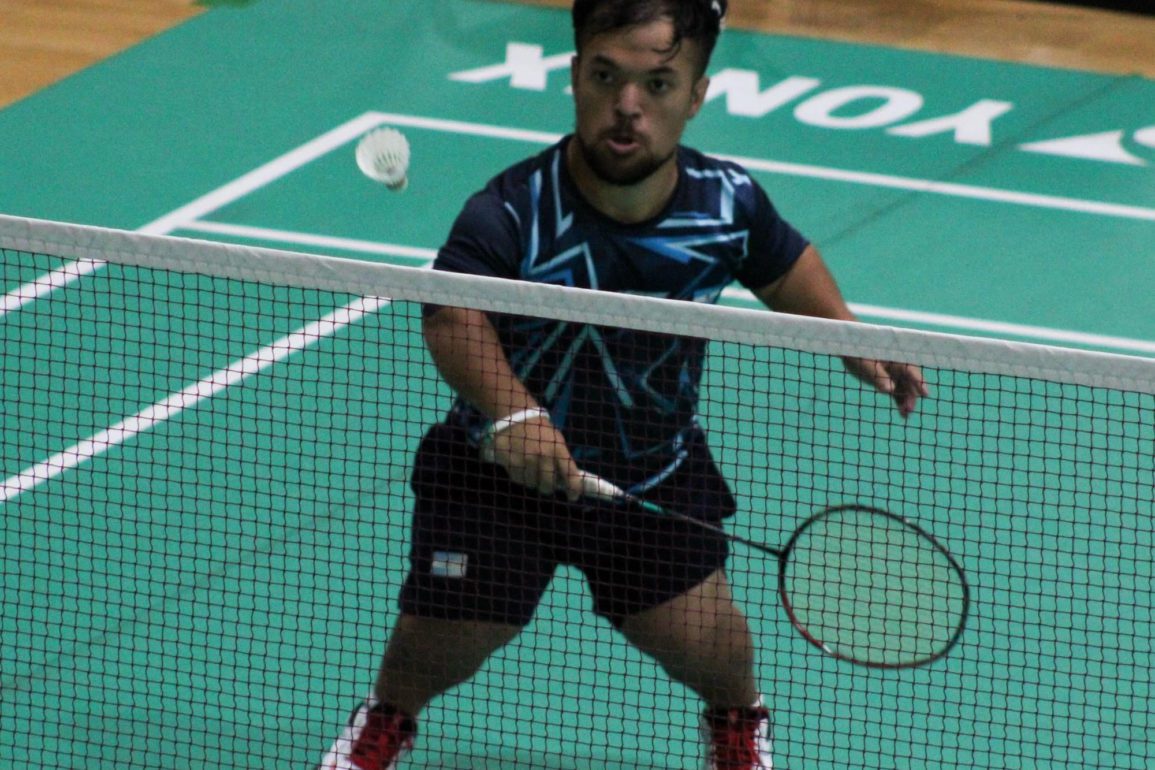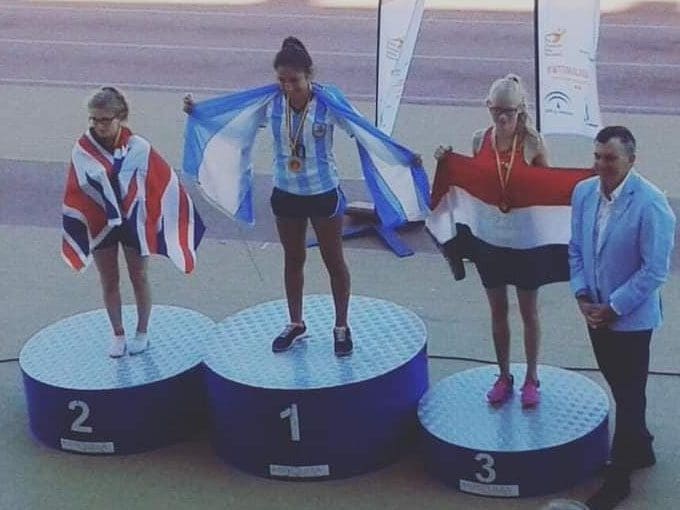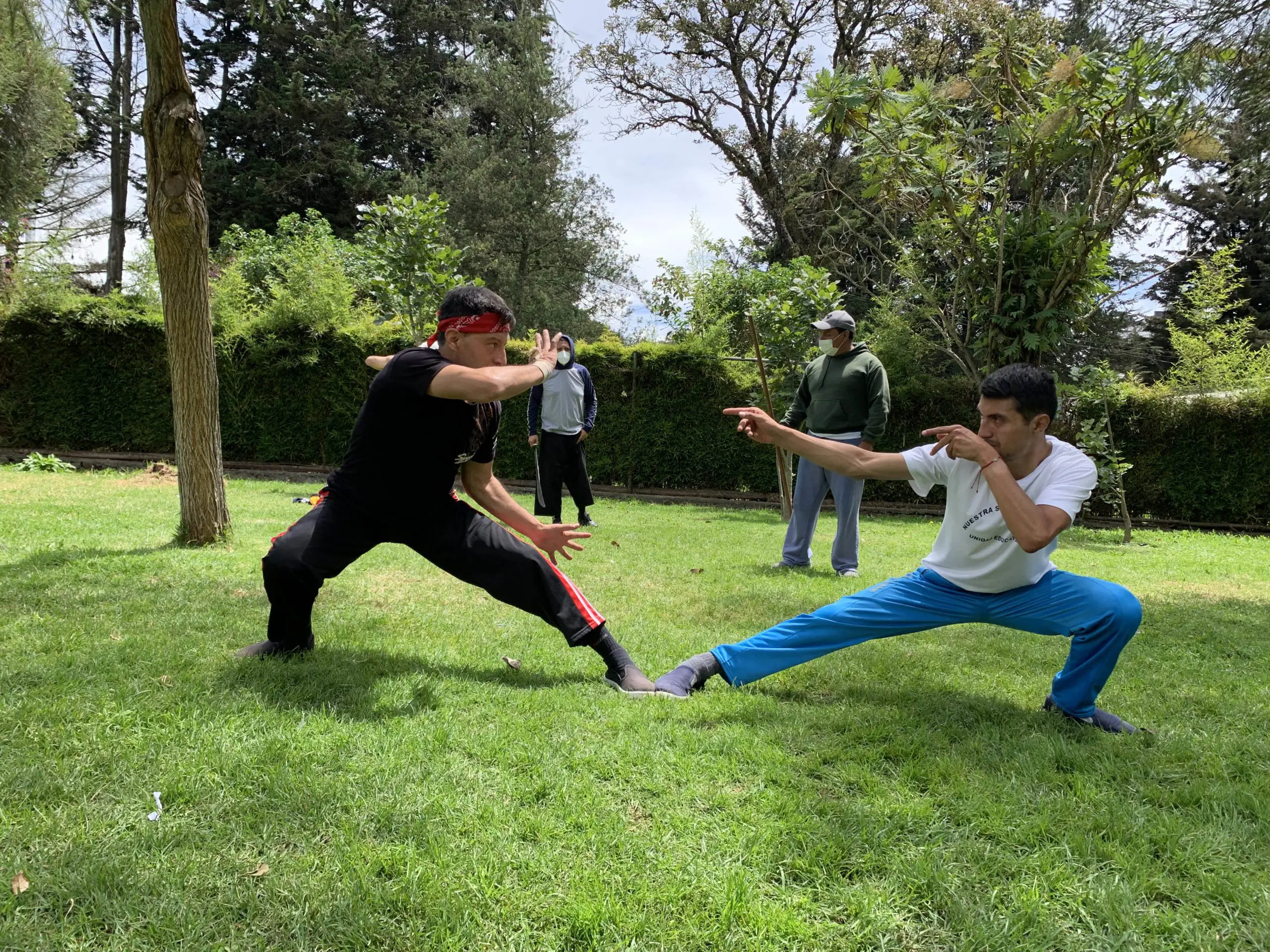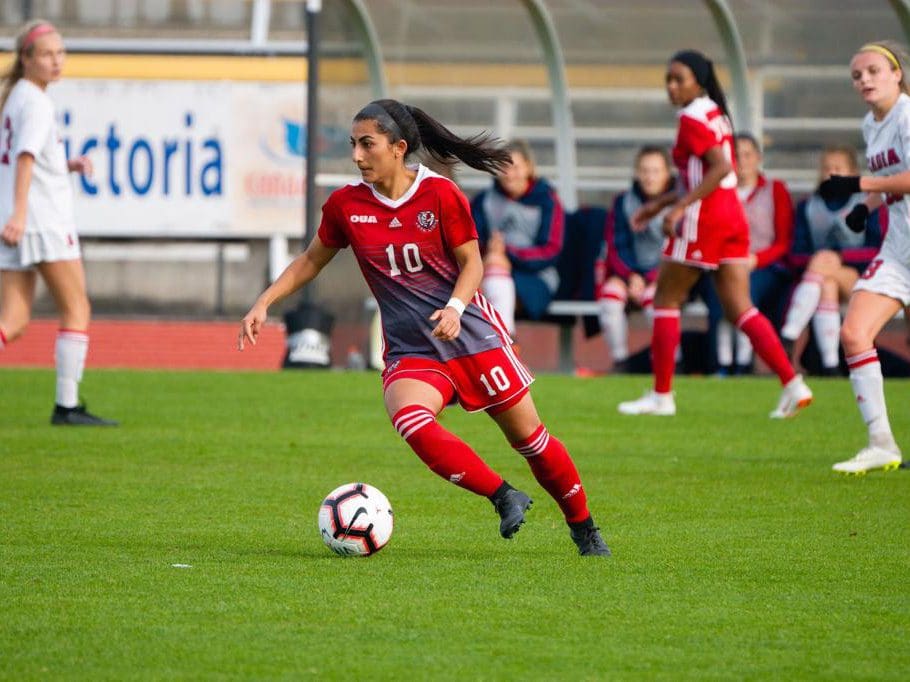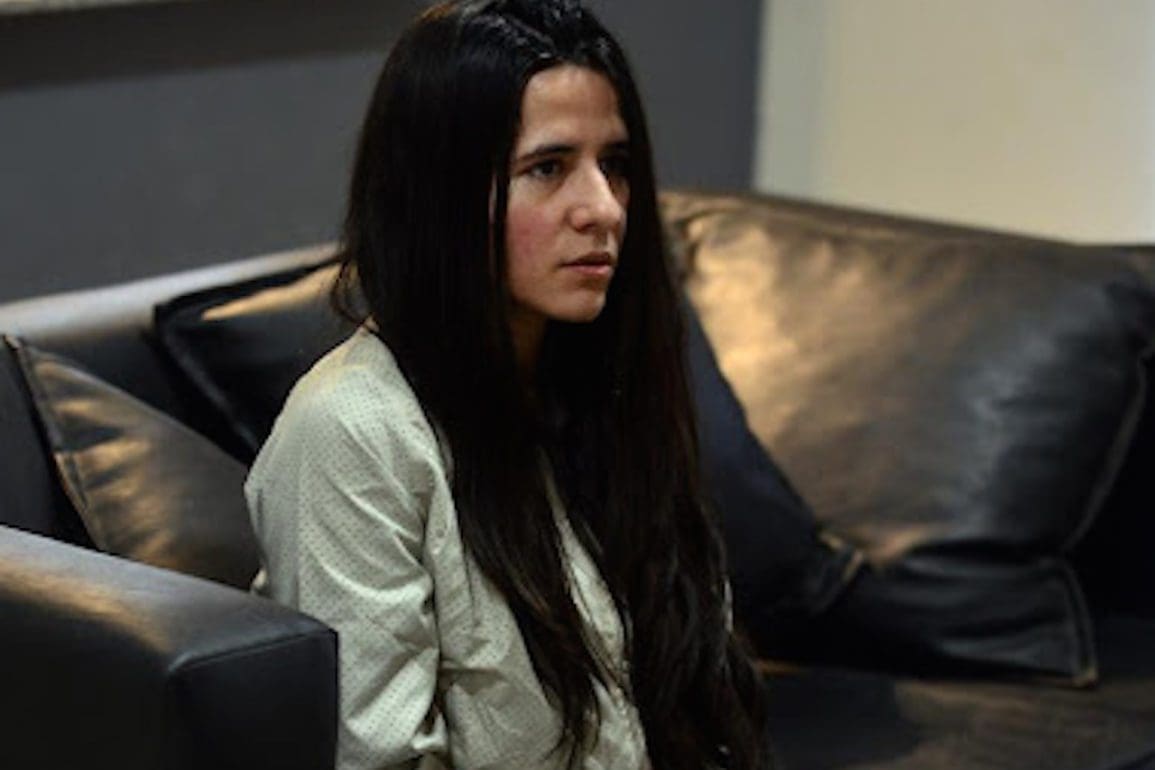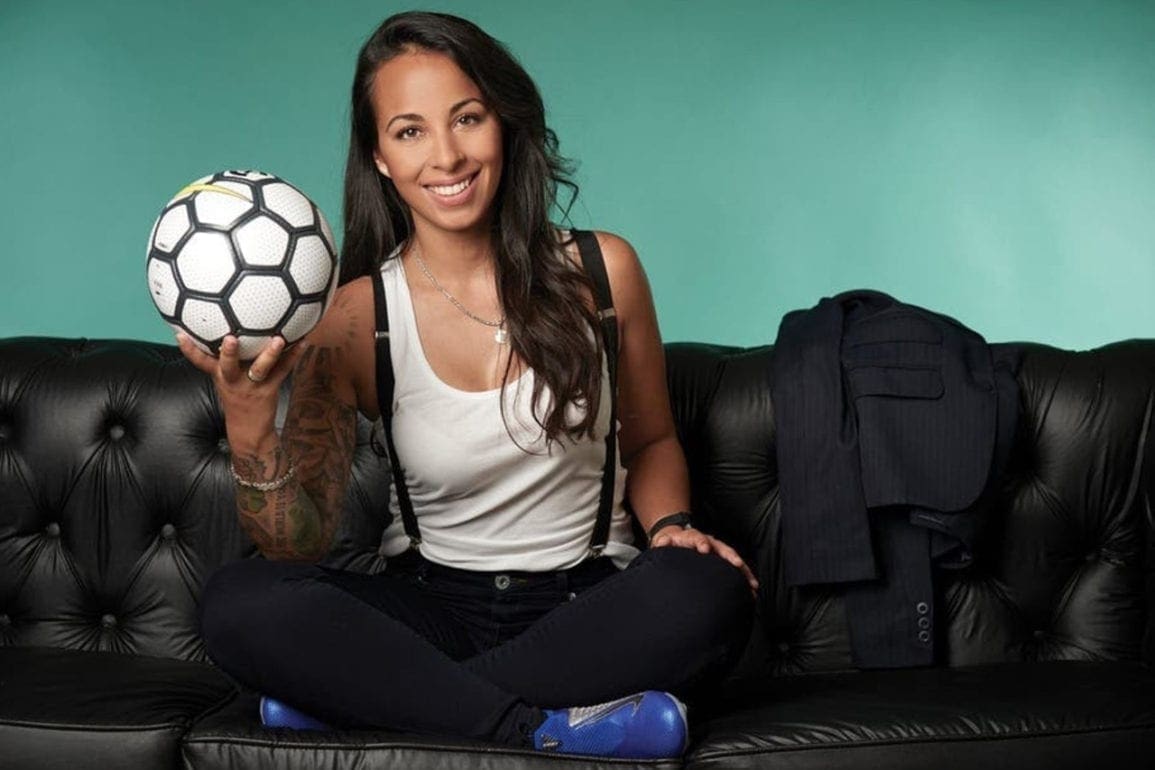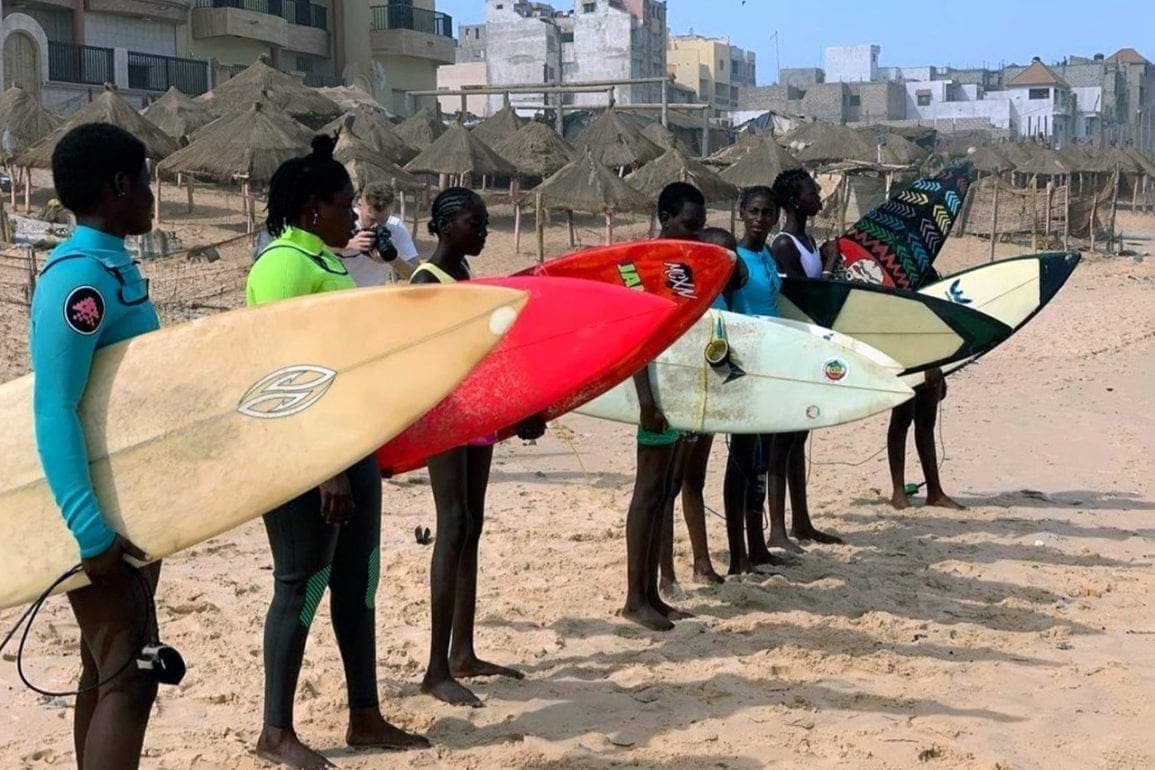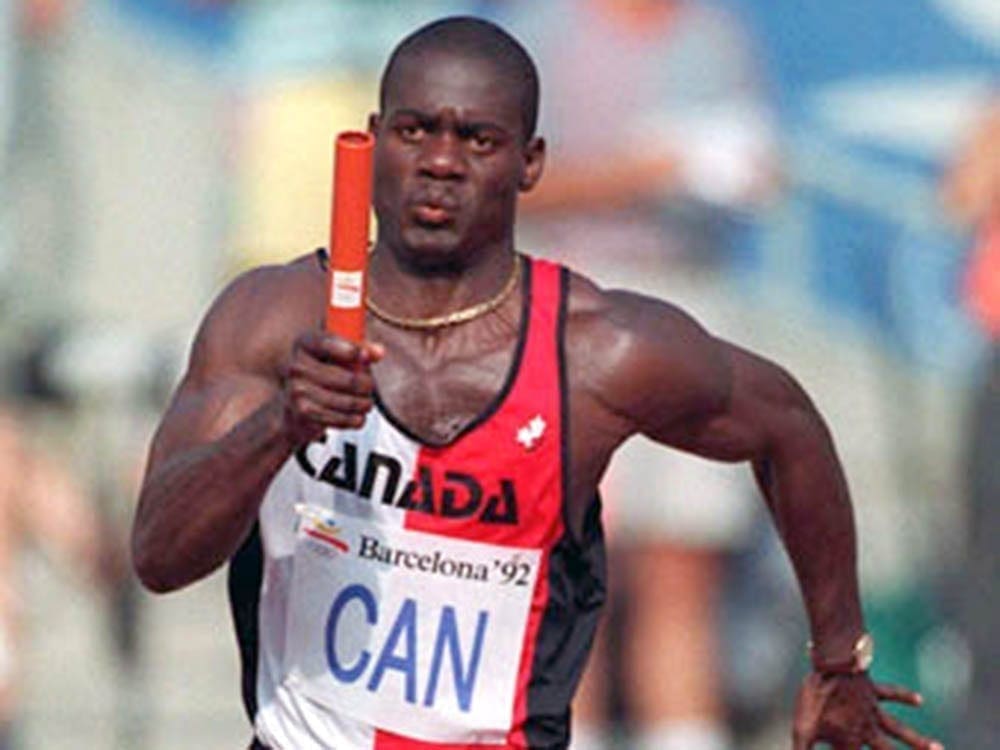Paraplegic motorsport racer doesn’t let disability define his passion
Now that I’ve walked this path myself, I understand that disability and inclusion must go hand in hand. I fight every day, through sport, for a society that demystifies disability in order to break down labels and to live together in a more diverse and accepting world.
- 2 years ago
May 12, 2022

NEUQUÉN, Argentina—Since I was very young, I’ve found joy and passion in the world of motorsports. At the age of 4, my parents introduced me to karting. Growing up and training in motorcycling at a local and international level was and is, without a doubt, a dream come true.
However, when I was 18, training to compete in Chile, an accident occurred that forever changed my life: I fell in a downhill jump, my entire body flipping through the air. If I close my eyes, I can still feel the pain and sadness that moment ushered in. It was the beginning of not only physical suffering, but also psychological and emotional struggle.
The accident that changed everything
Immediately, they transported me to the emergency room. I thought my sports life was over.
I couldn’t feel my legs or see straight—everything looked blurred. Even so, a part of me, deep down, was grateful to be just be alive.
When it came, the medical diagnosis shattered me: several vertebrae had broken and one of them exploded inward, causing a spinal cord injury. My heart sank and a knot rose in my throat as I thought about never riding a motorcycle again—never doing “my magic” again—in the same way I had.
However, I also felt the desire to fight and to stay positive. I knew I had to draw strength from wherever I could. I don’t honestly know where it came from, but this instinct drove me to find a way to continue in motorsport. Disability was not going to stop me from pursuing my passion.
Rebuilding my life as a disabled motorsport competitor
I thank God I was able to access good medical care and a rehabilitation clinic where I learned to function once more. Before my accident, I was unaware of what disability meant. However, the next months forced me to discover and learn to understand this new world: my new world.
I fooled myself into thinking that resuming training would be easy, but that was a fantasy. I found myself facing many inconveniences and challenges.
Days, weeks, months, and eventually years passed, and sadness overwhelmed me at points. I could not train as I once had, nor return close to my previous sporting schedule. I felt lost.
However, everything began to regain its color two years after my injury. I was able to compete again; my races were at a different pace and in minor divisional categories, but still, I was able to reclaim my dream.
Since I can’t use my legs, my car is adapted and I drive it completely from controls at the wheel.
I was happy, overwhelmed, and anxious to revive this passion, this dream that motivated me. I didn’t care about the category or that I couldn’t perform the same movements as before; just being on top of a car or motorcycle, ready to hit the competition track, made me feel accomplished.
Today, I don’t lose sleep thinking about walking again. Despite my injury, it’s enough that I can continue training and living my dream of motorsport competition.
Now that I’ve walked this path myself, I understand that disability and inclusion must go hand in hand. I fight every day, through sport, for a society that demystifies disability in order to break down labels and to live together in a more diverse and accepting world.





